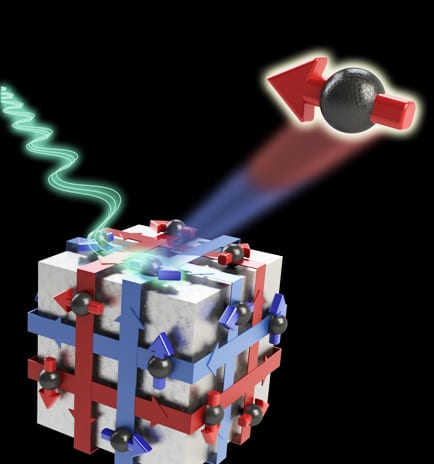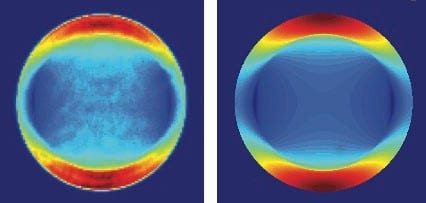This special issue on low-dimensional carbon materials for Small is dedicated to the 20th anniversary of the Center for Nanochemistry at Peking University.


This special issue on low-dimensional carbon materials for Small is dedicated to the 20th anniversary of the Center for Nanochemistry at Peking University.

Company claims that next-generation materials have four times the capacity of current anodes.

Thin germanium films, with properties similar to graphene, could lead to lighter, faster electronics.

NRL team develop a vapor sensor based on new monolayer materials that shows great potential for future nanoscale electronic devices.

Chinese researchers report a method to coat graphene with a transition metal oxide, with the aim to create new, better electrodes for Li-ion batteries.

New optical technologies using “metasurfaces” capable of the ultra-efficient control of light are nearing commercialization.

Team find that when TIs are hit with a laser beam, the spin polarization of the electrons they emit can be completely controlled in three dimensions.
Carbon nanowires have been obtained by tempering diamantane dicarboxylic acid inside carbon nanotubes.

Understanding the source and orientation of light in light-emitting thin films could lead to better devices that use layered nanomaterials.
Organisations have signed a licensing agreement for an Argonne-developed, silicon-graphene composite anode material for high-energy lithium batteries.